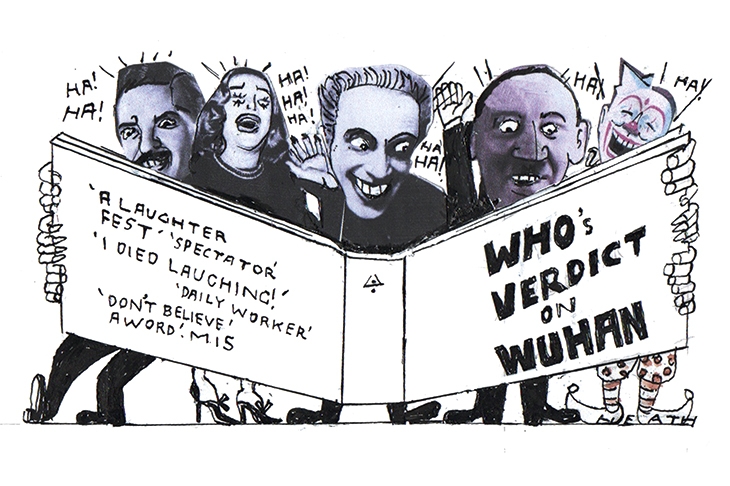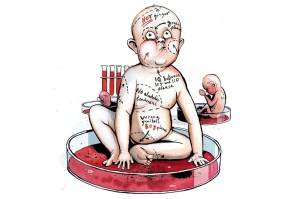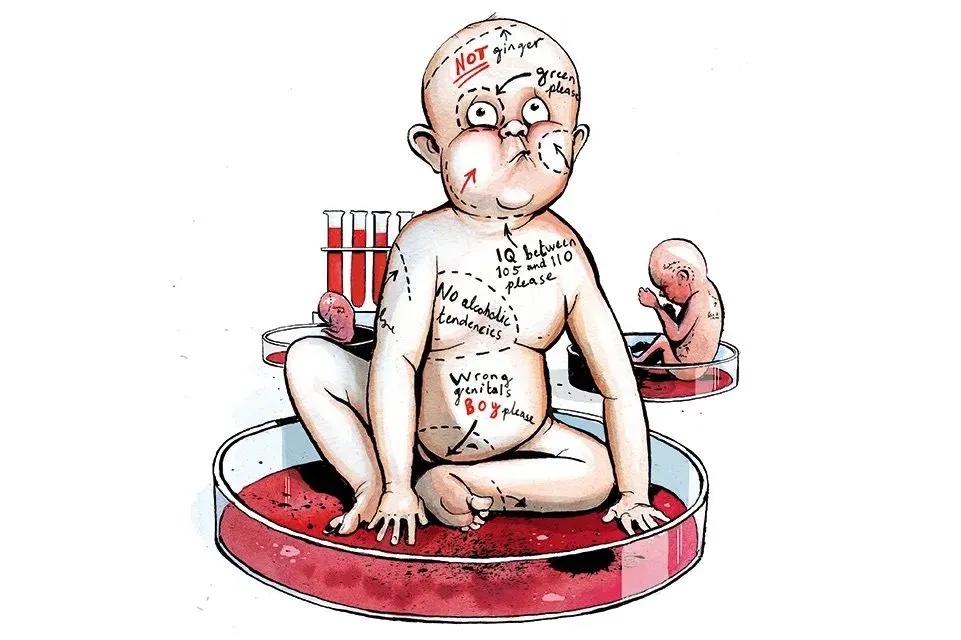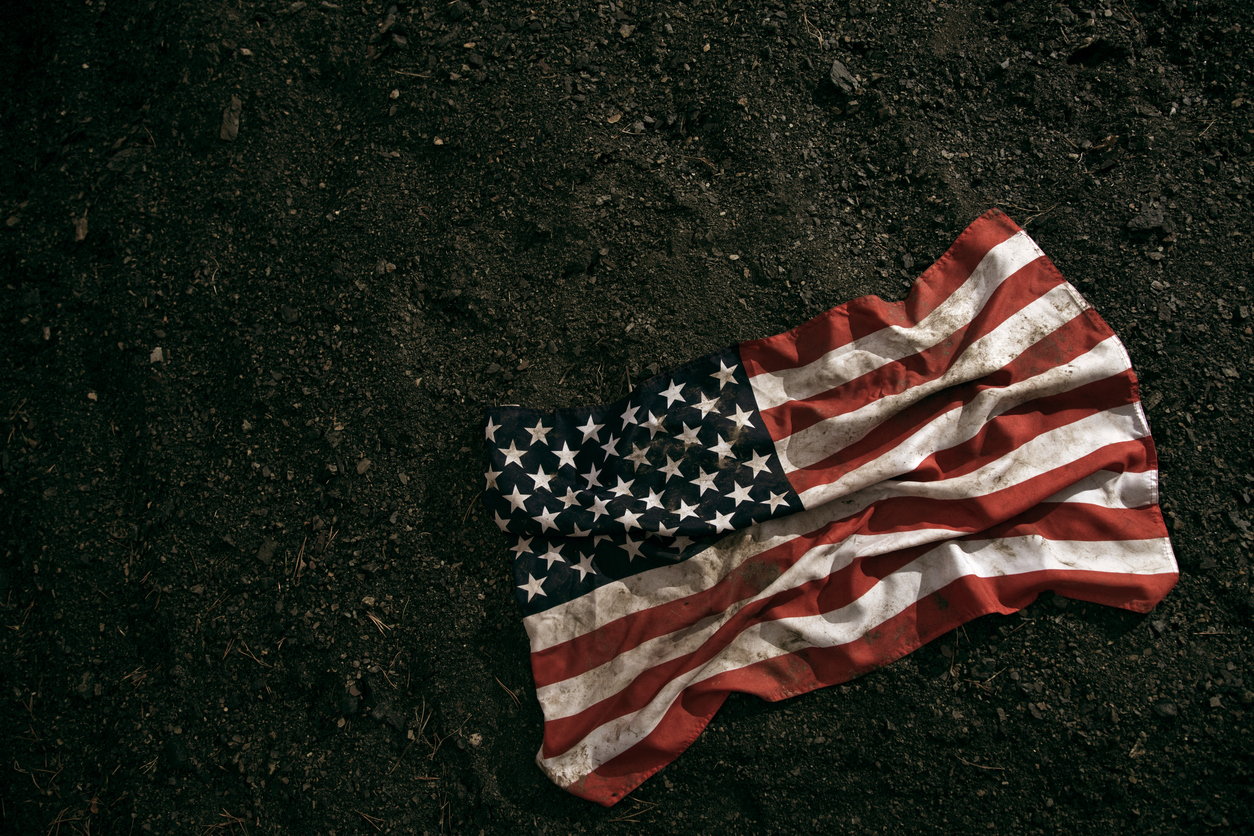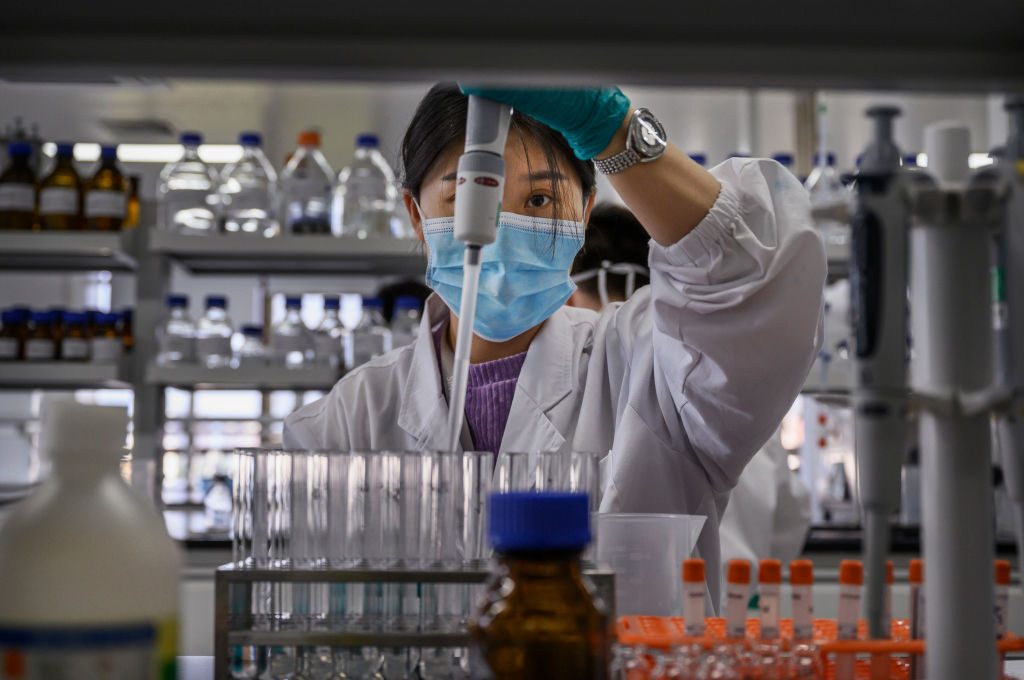Like 98.3 percent of humanity, I’ve spent the past 12 months reading dubiously precise statistics, staring listlessly into space for hours on end, and, most poignantly, wondering if I am an extra in a movie about a pandemic. This last intuition only worsened when I watched Contagion — the 2011 Kate Winslet/Gwyneth Paltrow pandemic movie — and it felt like I was simply watching the TV news (again), right down to the scenes of giant stadiums ominously filled with empty hospital beds.
The sensation that I am living through a real-life thriller is particularly acute for me, because that’s what I do: write thrillers. I used to write globe-spanning, Dan Brown-esque airport thrillers under the name Tom Knox; recently I have investigated my feminine side, and I now write grip-lit domestic noir thrillers — mainly about sensitive people trapped on drizzly islands — under the nom de plume S.K. Tremayne.
In short, I have a lot of experience writing thrillers, and with some success, so I know what makes a good one: what will sell, and what will not. And the primary criterion for a successful thriller is a gripping and believable plot.
When I say believable I mean this: logical within its own world. Your thriller can be set on Neptune, in a colony of iguanas who adore chocolate — that’s not a problem. But every event has to follow plausibly from what came before, and wild coincidences are absolutely forbidden. If you shove in a major coincidence, e.g. the king of the Neptune iguanas hurls his three-ton creme egg out of the window and just happens to squash the villainous insectoid chocolate-stealer from Mars, readers will do the same: they will throw your book out of the window.
It’s this primary rule about thriller-plotting — no coincidences! — which got me thinking about COVID-19 as a human story, and as a plausible thriller. Because recently the story of COVID-19 took a narrative turn which was so outrageously absurd and badly scripted it had me reaching for the delete key.
The incident was the visit by the World Health Organization to China, to finally unearth the origins of the virus SARS-CoV-2. As we all know, far too well, the virus premiered in the Chinese city of Wuhan, possibly in the animal-selling ‘wet market’, or thereabouts, and it likely came from bats. Wuhan has ever since been a particular focus of attention — and suspicion, because it also hosts a laboratory examining very similar viruses.
It was therefore with some anticipation that the world tuned in to hear the WHO’s verdict. Which turned out to be: ‘It is extremely unlikely that the laboratory’s work is behind the outbreak that struck the city at the end of 2019.’ And that, pretty much, was that. Asked why it had reached that verdict, the WHO replied that it couldn’t find any research on this new virus at the lab.
Now, call me Captain Skeptical, but China is run by a regime which, as I write, is allegedly committing genocide on its Muslim population and crushing human rights in Hong Kong. I therefore believe it is, to say the least, capable of concealing a few folders behind the sofa, thus preventing the discovery of any embarrassing ‘research’. Moreover, given that the WHO is so cowed by China that its officials can’t bring themselves to say the word ‘Taiwan’ in TV interviews, I wonder if WHO investigators even got inside the lab. Indeed, if this were a comedy, my script would go something like this:
China accompanies the WHO to the lab. China points at closed door.
China: Look.
WHO: Is that door always closed, making it very hard for viruses to escape?
China: Yes.
However, this is not a comedy, this is a thriller (tragically), and here is where I can apply my thriller-writing rules to the WHO’s narrative. And my conclusion is: it sucks. If I took this proposed plot twist to my editor, she would laugh me out of the room, while saying: ‘So, you’re telling me there is a globally unique, level four Institute of Virology in this city, Wuhan, and it is specifically investigating novel bat coronaviruses, and it is just a few miles from the wet market, where a novel bat coronavirus miraculously jumped into humans, and you’re claiming there is no connection? You think readers will buy that? Go away and do another draft!’
In other words, the WHO’s story doesn’t ring true. It fails Ockham’s Razor. It is way too much of a coincidence: the lab, the market, and the bats — bats which, by the by, come from distant Yunnan, not anywhere near Wuhan (a city whose wet market does not, in fact, sell bats). This may be why the WHO reportedly now has doubts about ‘publishing’ some of its ‘interim’ findings: whatever that really means, given that it has already broadcast these findings worldwide.
So how would I write COVID-19: The Thriller, if I were in charge? Like this. Let’s say China is planning its rise to global hegemony. As the nation ascends, it starts looking nervily at America, which seems minded to elect a mad president at some point, the kind of guy who might lob nukes over Taiwan.
China needs to defend itself. It starts research into bioweapons. It takes a great interest in bats as they are a major source of nasty viruses. After a few years, Chinese scientists discover a novel bat coronavirus which has distinct, unusual features: it is highly contagious, it is ten times as lethal as flu, it wafts through the air into eyes, noses and mouths, it spreads asymptomatically. Handily, if this virus is ever debuted on the world stage, it will impact individualistic, liberty-loving western nations much worse than rule-following, SARS-aware, mask-wearing Asian societies.
The gleeful scientists take their bioweapon to Beijing. There, they are given enormous medals, and told: now develop a vaccine, so when this virus is launched, we can also be the global savior, supplanting a stricken America. The world will come begging for our medicine. China will triumph.
We all know how my thriller ends. The happy scientists go home to Wuhan. They have a big celebration in the lab, they drink a crate of Tsingtao beer, and someone gets so hammered he unknowingly spills infectious bat blood on his pretty secretary. She then goes straight to the local wet market to buy a duck for supper: bingo, the virus is launched too soon, before the vaccine is ready, and so 2020 unfolds, in all its horror.
Now, this is fiction. I do not necessarily believe this is what actually happened. However, I do know this: my story makes more sense, and is more plausible, than anything the World Health Organization is telling us.
This article was originally published in The Spectator’s UK magazine. Subscribe to the US edition here.



